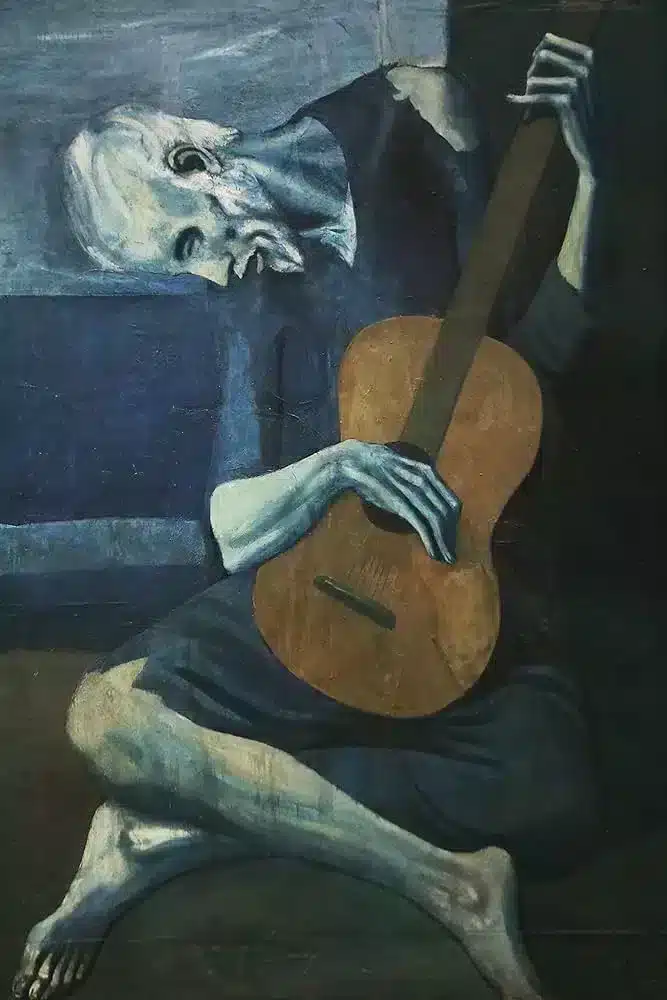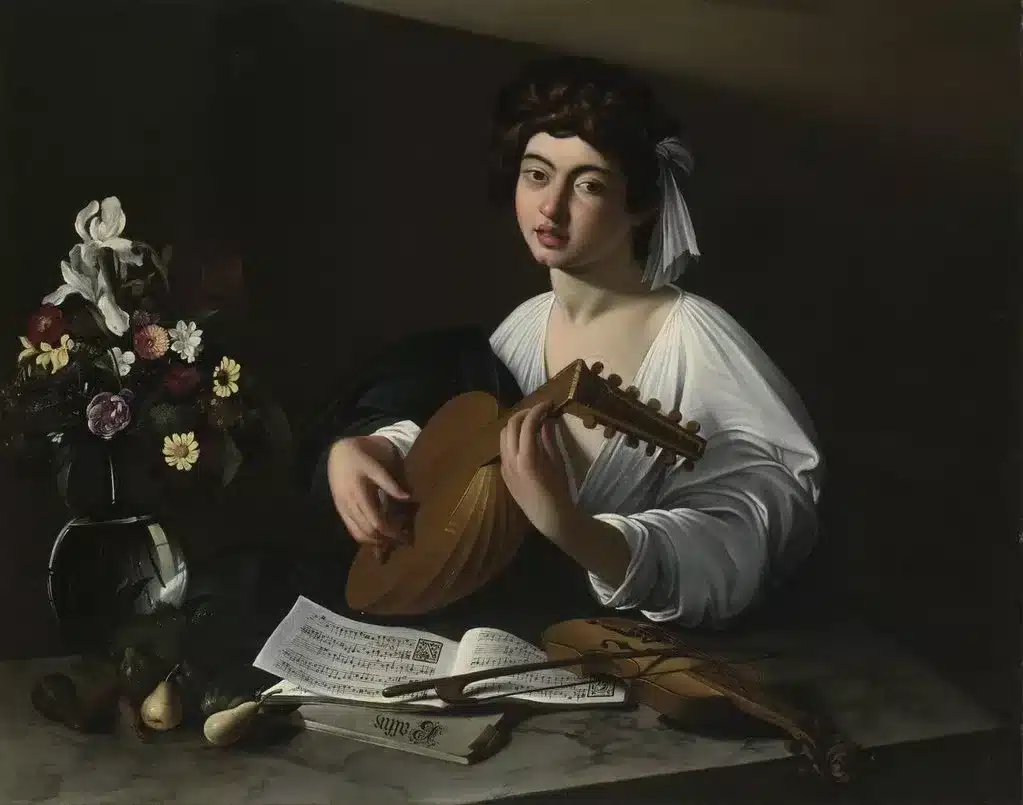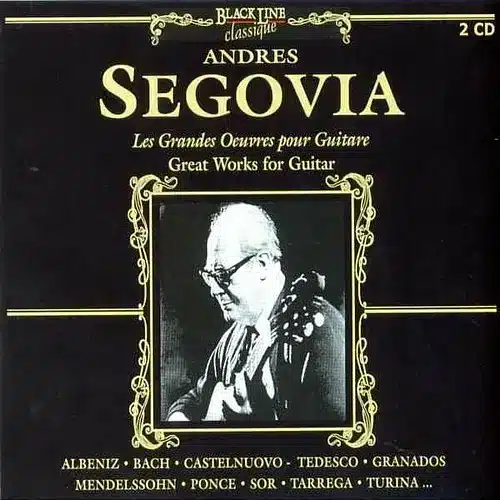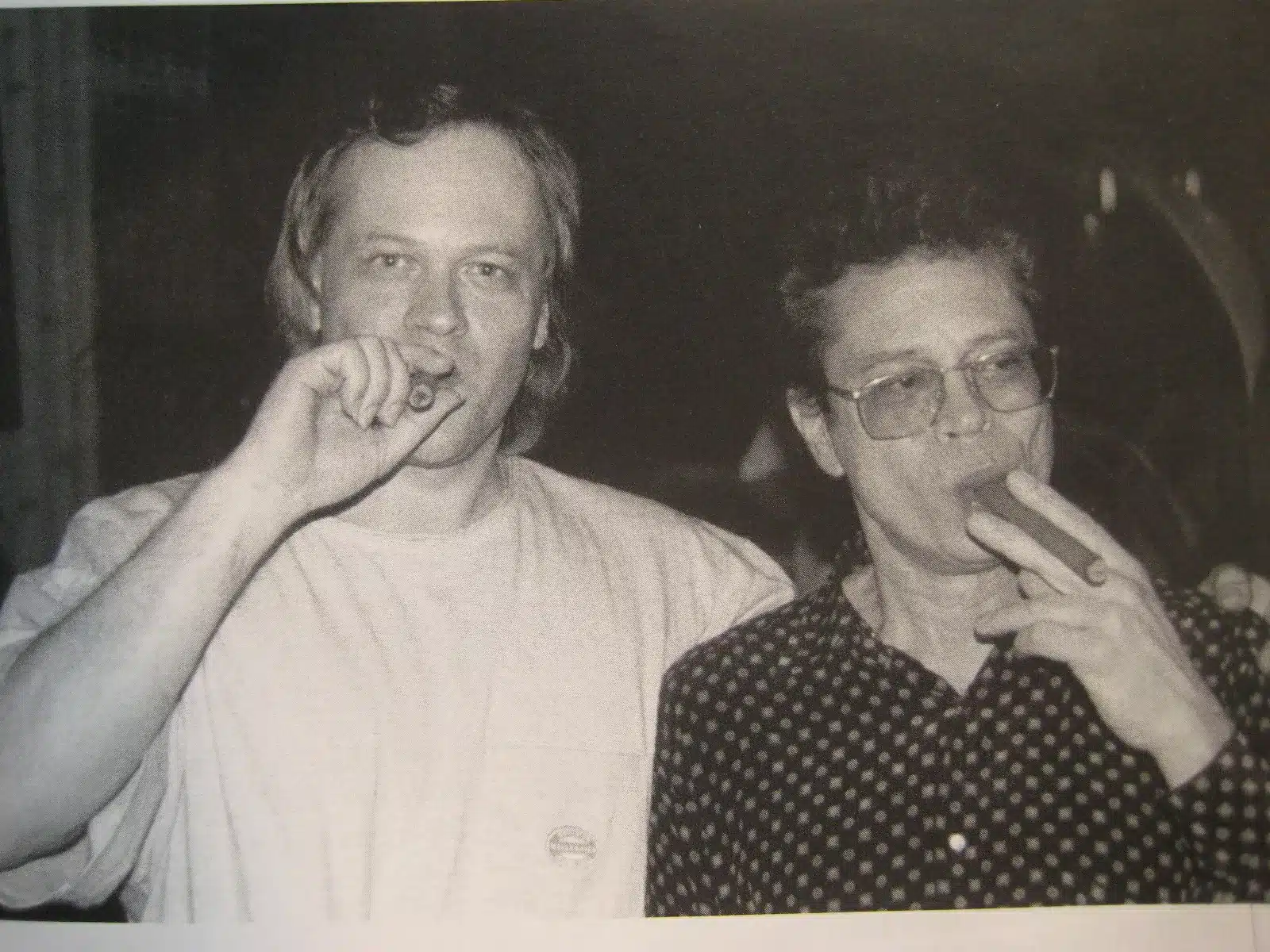Unraveling the intricate tapestry of musical evolution, the guitar stands as a beacon of melodic and harmonic artistry, weaving its enchanting melodies through the corridors of time. As we delve into the rich unfolding of its history, we take a fascinating journey that reveals not only strings and keys but the very soul of this iconic instrument.
The guitar, with its origins shrouded in mystery and fascination, has been the muse of countless composers, every chord and note echoing the stories of its creators. I wish, in this short article, to embark on a harmonious journey, traversing the annals of musical heritage and exploring the roots, genesis, and brilliant minds that carved out the melodic identity of the guitar.
From ancient civilizations to modern symphonies, the guitar’s resonance transcends the boundaries of culture and time, leaving an indelible mark on the fabric of music history. I will attempt to unveil the most important and enchanting secrets the guitar embodies, bringing to light the deep connections between the history, origins, and visionary composers who gave birth to this timeless instrument.

Ancient origins: on the trail of the guitar’s roots
The guitar, with its origins deeply rooted in ancient civilizations, holds a fascinating history that spans the centuries. Although the exact beginnings of this beloved instrument remain elusive, archaeological evidence suggests that variations of guitar-like stringed instruments were being played as early as 2000 BCE.
One of the earliest known predecessors of the guitar is the ancient Mesopotamian instrument called the “tanbur.” This long-necked lute-like instrument had a resonant body, and multiple strings plucked to produce melodic sounds. As time passed, similar string instruments emerged in various world regions, including ancient Egypt and Greece.
It was during the Islamic Golden Age that these early prototypes underwent significant developments. During their conquests, the Moors introduced their version of a fretted instrument called “oud” to Spain. The oud became popular among European musicians and eventually evolved into what we now recognize as the modern guitar.
Evolution of guitar design: from lute to modern instruments
The evolution of guitar design is a testament to human ingenuity and artistic expression. From its humble beginnings as a simple wooden box with strings attached, it has undergone numerous transformations throughout history.
In the Middle Ages, guitars took various forms, such as the vihuela and the lute. These instruments featured a rounded bottom, and multiple strings plucked using fingers or picks. With technological advances and craftsmanship, guitars began to adopt more familiar features such as a flat bottom and six strings tuned for fourths and thirds.

The birth of classical guitars can be attributed to Antonio de Torres Jurado, a Spanish luthier who revolutionized guitar-making in the 19th century. His innovations, including fan bracing and a larger body size, significantly improved the instrument’s volume and tonal quality.
As the guitar continued to evolve, new genres of music emerged that required different styles and sounds. This led to the development of electrified acoustic guitars and those with magnetic pickups, commonly called “electric” guitars, in the early 20th century, which revolutionized popular music and paved the way for rock ‘n’ roll.
The “Renaissance” of the guitar: rebirth and innovation
The guitar experienced a renaissance during the 20th century, with musicians expanding boundaries and exploring new possibilities. The classical guitar regained popularity when virtuosi such as Andrés Segovia showed its versatility and expressive capabilities.
At the same time, jazz guitarists such as Django Reinhardt (despite his left-hand impairment) pioneered a unique style characterized by intricate improvisation and rhythmic complexity. Amplification technology has expanded the guitar’s sonic potential, allowing musicians to experiment with distortion, feedback, and other effects.
In recent decades, advances in digital technology have opened up even more avenues for innovation. Electric guitars can now be connected to computers or synthesizers, allowing musicians to create new sounds and textures. In addition, acoustic guitars have seen improvements in materials and construction techniques, resulting in instruments with improved resonance and playability.

Cultural influences on guitar music
The guitar’s journey across continents has been marked by cultural exchanges that have profoundly shaped its music. In Spain, flamenco music has become a passionate expression of Andalusian culture, characterized by intricate fingerstyle techniques and rhythmic intensity.
In Latin America, genres such as bossa nova and tango incorporated the guitar as an essential element of their soundscapes. The distinctive rhythms and harmonies of these genres continue to captivate audiences worldwide.
America was the birthplace of blues music, which showcased the guitar’s ability to convey raw emotion and tell stories of struggle and resilience. From the Mississippi Delta blues, through the streets of New Orleans, to the electric blues of Chicago, the guitar has become a voice for marginalized communities and a catalyst for social change.
The golden age of guitar composition
The rich history of the guitar is intertwined with a golden age of composition, where visionary artists created masterpieces that have stood the test of time. In the 19th century, composers such as Francisco Tárrega and Fernando Sor elevated the guitar to new heights with their virtuosic compositions. “Long” works such as Sor’s Grand Solo or Variations on a Mozart Theme are part of the classical repertoire of many guitarists and constitute artistic achievements of the highest quality.
Classical guitar music flourished during this era, with composers such as Spaniard Dionisio Aguado and Italians Ferdinando Carulli, Mauro Giuliani, and Matteo Carcassi pushing technical boundaries and exploring new tonal possibilities. Their works continue to be studied and performed by guitarists around the world.
In particular, Giuliani is known for his virtuosity and, consequently, brilliant works, such as the Rossiniane, whose complexity and technical difficulty require meticulous and prolonged study. Didactic works, such as Progressive Studies and 120 Arpeggios, also stand out.
Revolutionary composers and their impact on guitar music
During the 20th century, we witnessed a wave of revolutionary composers who expanded the horizons of guitar music. Heitor Villa-Lobos, a Brazilian composer, drew inspiration from his native folk music traditions to create evocative compositions showcasing the instrument’s entire range. Among them are the collections of the twelve studies dedicated to Segovia and the five preludes.
In Spain, transcriptions of pieces by Isaac Albéniz, such as “Asturias,” part of the Suite Espanola op. 47 captured the essence of Iberian culture through intricate melodies and rhythmic patterns. Also noteworthy are the compositions of Granados and Turina, which are always characterized by Spanish-style sonorities and often inspired by folk melodies from various peninsula regions. These compositions pushed technical boundaries while remaining deeply rooted in tradition.
Contemporary composers such as Cuban Leo Brouwer and the late Roland Dyens continue to push the boundaries with their innovative approaches to composition. Their works blend elements of various musical genres, creating a unique fusion that reflects our diverse modern world.
In particular, Brouwer is famous for his atonal works, such as Canticum, Tarantos, or Elogio della Danza, and for his “mixed” works (based, that is, on tonal melodies, but with numerous chromaticisms), typical of his second period. Also noteworthy are his guitar concertos, such as Concerto No. 3 “Elegiac” or No. 5 “Helsinki” and its “Estudios Sencillos,” which offer a contemporary educational alternative to the nineteenth-century studies of Sor and Giuliani.

Famous compositions for guitar: masterpieces throughout history
Throughout history, numerous compositions have become iconic in guitar music. The Prelude from Johann Sebastian Bach’s Suite in E Major BWV 1006a is an excellent example of the instrument’s expressive capabilities, with its pressing melody full of vitality. The Fugue BWV 1000, transposed to A Minor, is also an outstanding example of a contrapuntal composition that allows a varied range of timbres to be expressed on the guitar.
Another renowned composition is Francisco Tárrega’s “Recuerdos de la Alhambra,” which showcases the guitar’s ability to create a sense of ethereal beauty through the use of the tremolo technique based on the rapid repetition of a note with the succession: ring finger, middle finger, index finger.
In this way, the “singing” is shifted to the bass (entrusted to the thumb of the right hand). At the same time, the “carpet” generated by the tremolo builds a background that gives rise to delicate harmonies characterized by a continuity of sound similar to that achieved with string instruments.
From Isaac Albéniz’s flamenco-inspired “Asturias,” “Sevilla,” and “Torre Bermeja” to Stanley Myers’ introspective “Cavatina,” these masterpieces have captivated audiences and inspired countless guitarists to push their artistic boundaries.
Contemporary trends in guitar music
Guitar music continues to evolve in the contemporary landscape, with artists exploring new genres and blending diverse influences. From the intricate fingerstyle arrangements of Tommy Emmanuel to the experimental soundscapes of artists like Kaki King, innovation remains at the forefront of guitar music.
The rise of social media platforms has also democratized access to guitar education and performance. Online communities provide a space where aspiring musicians can connect, learn from each other, and showcase their talents to a global audience.
The artistic significance of this change has powerful implications: if, a few decades ago, studying and making oneself known to a broad audience was often very complicated, today, it is possible to discover new instrumentalists and composers all the time while staying at home.
Global reach: the influence of the guitar across continents
The guitar’s influence extends far beyond its European origins. In Africa, artists like Ali Farka Touré blend traditional rhythms with blues-soaked guitar, creating a unique fusion that resonates with audiences worldwide.
In Asia, virtuosi like Tommy Emmanuel have inspired a new generation of fingerstyle guitarists who draw on their cultural heritage while embracing contemporary techniques. This cross-pollination of musical traditions enriches the global tapestry of guitar music.
Conclusion: the enduring legacy of the guitar
The history, origins, and composers associated with the guitar form an intricate web that spans centuries and continents. The guitar has evolved, adapted, and inspired countless musicians from its ancient roots to today.
Reflecting on this melodic journey, we appreciate the guitar as an instrument and a vehicle for human expression. His timeless melodies resonate with audiences worldwide, transcending cultural boundaries and reminding us of our shared humanity.
Whether played in a dimly lit jazz club or a concert hall, the guitar’s enduring legacy is a testament to its power to captivate hearts and souls. As we celebrate its history and honor its composers, let us continue to embrace the melodic and harmonic evolution of the guitar and ensure that its varied tonal palette resonates through generations to come.
If you like this post, you can always donate to support my activity! One coffee is enough!

